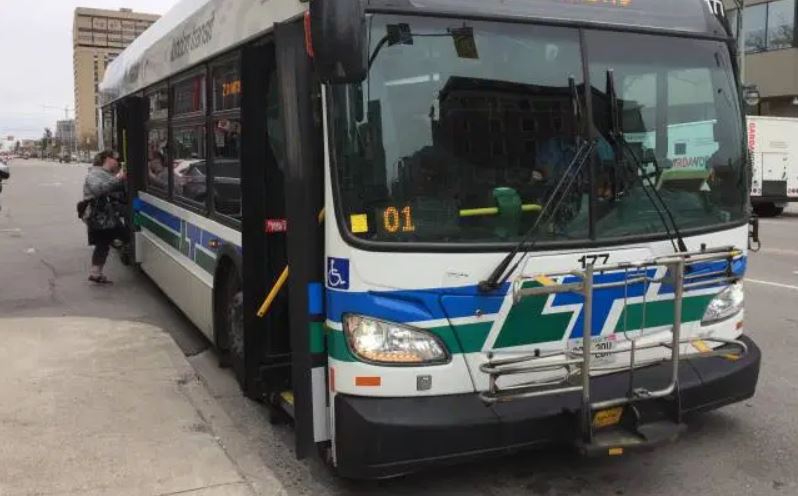The London Transit Commission (LTC) is going to ramp up bus frequency as it looks to adapt to the changing landscape of public transit.

There was unanimous approval from the LTC at its meeting Wednesday for its 2021 service plan. That includes ramping up bus frequency and eliminating the one-bus-per-hour schedule.
LTC general manager Kelly Paleczny says they wanted to eliminate the longer gaps between buses, and make stops more frequent.
“We know that’s not attractive and not really viable, someone who misses that bus will now be waiting an hour for the next one,” said Palezny, adding that the 60-minute waiting period for the next bus will now be closer to 30 or 40 minutes.
She says increasing the frequency of stops had been on LTC’s “to-do list” but the pandemic pushed up the timeline.
“We looked at areas that were longstanding issues, and things that we can do that will affect the entire system in a positive way and hopefully make the system more attractive for people to come back to, or maybe even attract new riders post-pandemic.”
The transit agency will also begin plans for an alternative service to Innovation Park, an industrial area where workers are desperate for public transit, but where there haven’t been enough consistent riders at the same time of day to fill a typical route.
LTC board chair Phil Squire is hopeful that service can begin in September.
“We do know people need it to get to work, and we know that people want it in more industrial areas to go to work, but it is an expensive proposition to run transit at these types of capacities.”
Squire says although the LTC has received both federal and provincial funding to help address budgetary shortfalls, public transit took a serious hit as a result of the pandemic.
“First we had to shut down for a while, then once we got the barriers in to protect our drivers we were able to reinstitute the service, but were operating at very low levels,” said Squire, adding that ridership has been a fraction of what they are accustomed to.
“We are around the 30 per cent sort of level, particularly in the area of students, Western students and Fanshawe students are big riders of public transportation, and a lot of them aren’t going to university, so what we are experiencing is a loss of ridership, which is very serious and costs us money.”
Squire says they will consider all of their options as they navigate through a post-pandemic world.
“I can’t just sit here and say let’s spend more money on transit unless we see the ridership results, it’s a chicken or egg sort of thing — do you increase service to get more riders, or do the riders come back without that,” said Squire.
“This is the same as everything in COVID, it is a really, really, uncertain future, and we got to be careful with what we do.”








Comments